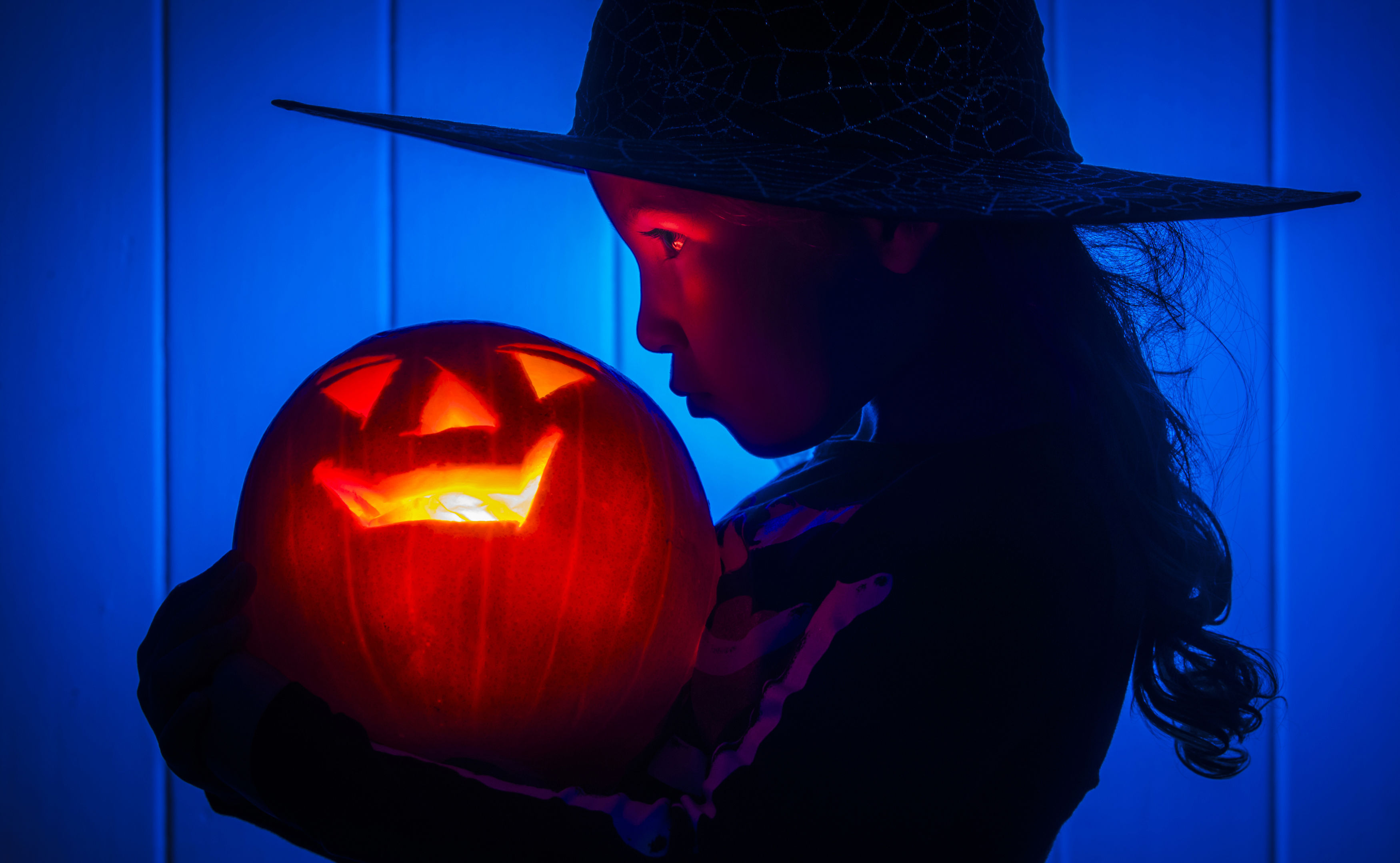Mourning our loved ones when they pass is usually marked with a funeral, dark solemn clothing and is typically a sad time with friends and family. But, one culture has created a unique way to face death and the deceased in Mexico and other Central American countries.
The Day of the Dead is a two-day celebration where it is believed that the passageway between the real world and the spirit world is open so our deceased loved ones can come back to visit. When loved ones return from the land of the dead, they are offered their favorite meals and drinks as they are celebrated with songs, dance and rejoicing.
When Is Day of the Dead?
Get top local stories in Southern California delivered to you every morning. Sign up for NBC LA's News Headlines newsletter.
The Day of the Dead is celebrated on Nov. 1 and 2. The holiday is sometimes confused with Halloween because it falls during the same time of year and because of the symbolic skulls, but the two are not related at all.
It is said that on Nov. 1 the children who have passed come back to visit and the following day the adults visit for the festivities.
Family members can prepare for several weeks in advance of the tradition by creating altars, decorating burial sites, and cooking specific food for the event.
What Are the Origins of the Holiday?
Día de los Muertos originated in ancient Mesoamerica or Mexico and northern Central America where indigenous groups including Aztec, Maya and Toltec, had specific times when they commemorated those who died, according to the Smithsonian.
After the Spanish arrived, the ritual commemorating the dead was intertwined with two Spanish holidays: All Saints Day on Nov. 1 and All Soul’s Day on Nov. 2.
Today, the holiday is mostly celebrated in Mexico, parts of Central and South America and recently has become popular in Latino communities in the United States.
What Are the Traditions of Day of the Dead?
- Altars — The Aztecs used to offer water and food to the deceased to help them on their journey to the land of the dead. Now, families set up decorated alters in their homes with photos of loved ones they lost. The alters, also called ofrendas consist of water, the deceased favorite food, drink items, flowers, bread and other items celebrating the dead.
- Cempasúchil or Marigolds — Marigolds are used during the celebration by being placed on altars and burial sites. The marigold flower is thought to guide the spirits back with its intense color and pungent smell.
- Skulls — Skulls or calaveras are found as small decorated sugar skulls which are placed on altars. The skulls are decorated with colorful edible paint, glitter, beads and huge smiles.
- Papel Picado or Perforated Paper — is used by stringing them on the altars and in the streets.
- Food — Pan de Muertos, or day of the dead bread is an essential part of the festivities and altars. Sugar skulls are enjoyed by everyone. Traditional plates such as mole, tamales, pozole, and sopas are also prepared.
How to Participate
One can make their own altar, which can be as simple as a candle and a photo, said Michelle Téllez, an associate professor in the Department of Mexican American Studies at the University of Arizona’s College of Social and Behavioral Sciences.
“I think that’s a very beautiful way to keep those people we love present and to teach our families about them,” said Téllez in an interview with the University.



